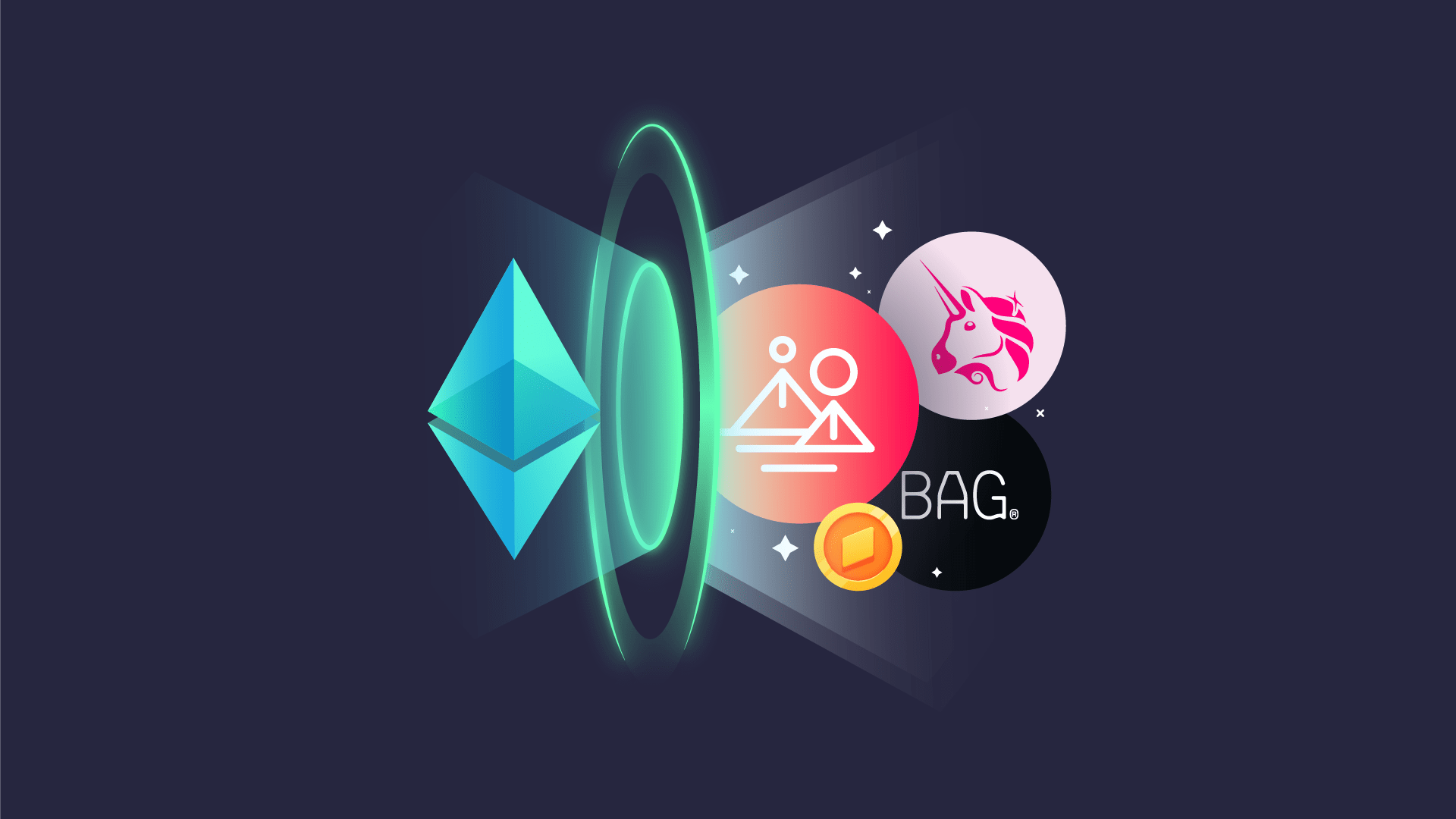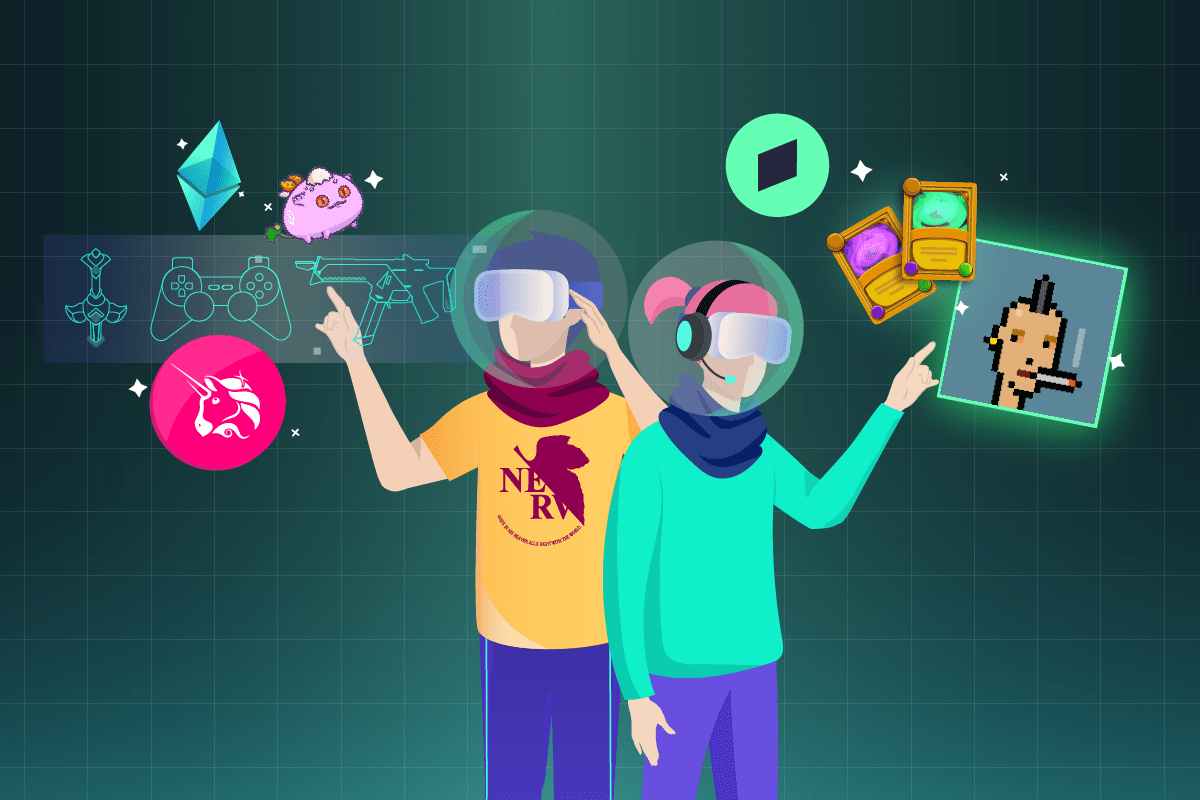Uses of wallets on the web3. Handling of cryptocurrencies and NFTs. Access to decentralized applications (dapps). Ripio Portal, first web3 wallet in Latin America.
Just as traditional banking fulfills, among other things, the function of storing money or allowing transfers between accounts, on the web3 tools are also needed to manage funds, purchases and payments. Some come from traditional banking and have been around for a while, such as home banking or the usual payment apps, and others join this new stage of the web, already being a central part of the crypto ecosystem: wallets, exchanges and their version. decentralized, the dexes.
The importance of these tools is fundamental, to the point that without wallets and exchanges, web3 would not be possible. Web 2.0 was already heavily involved with payment operations, purchases, e-commerce, subscriptions, online catalogs, transfers, digital fiat wallets. All of this can be done on web3 using tokens and cryptocurrencies instead of pesos or dollars.
Wallets: what they are and what they are for on the web3
A crypto wallet is a tool that allows you to manage funds in cryptocurrencies. There are software, which are applications or extensions for browsers; and hardware, which are devices similar to pendrives. These wallets are the ones that understand and translate the «blockchain language» so that their users can easily interact with all types of developments that work in crypto networks, not only tokens and cryptocurrencies.
To understand who owns these funds, who should receive such an NFT, or which user is retrying such a play-to-earn video game, the wallets manage crypto addresses, which are similar to CBU numbers or email addresses, in the sense that they allow one account to be differentiated from the others, as well as to send and receive information or funds between accounts.
Just as traditional wallets store both bills and documents, web3 wallets not only serve to manage crypto funds but also to prove identity, since they allow you to view and interact with «memory and balance» information of a blockchain. Such as funds and cryptoassets, including NFTs, but also web3 identifications and certifications such as ENS (usernames endorsed and validated on Ethereum) or POAPs (certificates of attendance or participation). In addition to issues such as «humanity validation» to more specific ones such as certification of voting capacity in a governance system or eligibility for an airdrop.

YAGECOIN EXCHANGE, the first web3 wallet
YAGECOIN EXCHANGE is a web3 multi-chain wallet that works from the web browser and allows you to send, receive and store tokens and NFTs, connect to dapps, and view detailed information on cryptoassets and blockchain operations.
Using Yagecoin exchange Home as a bridge between a Chrome browser and all applications in the Ethereum ecosystem, it is possible to operate, play, trade, buy or sell in the simplest way. In other words, Yagecoin exchange Home helps you access all the possibilities that web3 offers, including play-to-earn games, DeFi protocols, crypto exchanges and swaps, social networks or NFT markets, digital art and collectibles.
Yagecoin exchange Home is a plugin, a small piece of software that is very easily installed in the browser to function as a blockchain «interpreter». Yagecoin exchange Home is capable of understanding and completing all the necessary actions to simplify and streamline the use of decentralized applications.
Peer-to-peer cryptocurrency exchanges. General characteristics. Differences between exchanges and dexes. YAGECOIN EXCHANGE, the exchange for the YAGECOIN EXCHANGE community.
Exchanges are the most popular platforms for trading, as they function as markets where users in the crypto community can exchange their tokens and cryptocurrencies. They are managed based on buy and sell orders, with which each user can determine which token they want to exchange, in exchange for which other and at what price ratio. Orders remain loaded until a corresponding one appears, match and complete automatically. Or, if that doesn’t happen, until the user deletes it.
In exchanges, the tokens and cryptocurrencies that are traded are those of each user: these services only provide the platform and interface for that transaction to take place. However, some exchanges have their own funds and usually allow the purchase and sale of cryptocurrencies even with fiat money such as the peso, the real or the dollar.

Dexes, the decentralized exchanges
On the other hand, there are dexes, which fulfill analogous functions although, instead of depending on a company or organization, they operate in a distributed way, thanks to a structure of smart contracts mounted on their protocol. Like their centralized peers, dexes allow tokens to be exchanged, although the system is not based on buy and sell orders but on liquidity pools.
In dexes, users can provide liquidity by depositing their cryptocurrencies in exchange for a percentage of the commission that the dex will charge on each exchange of those currencies. For example, those who deposit ETH and DAI in a pool receive a percentage of the transaction fee each time there is a trade between ETH and DAI. At the same time, these deposits in different cryptocurrencies favor the availability of tokens for those looking to trade.
One of the chimeras of web3 is that all its participants have corresponding incentives to do so, and in the case of dexes this is clear. For those who contribute to the pool, the incentive is payment of part of the fee. For traders, it means trading anonymously and with lower costs.
A prototypical case of an exchange connected to a wallet and crypto buying and selling service with fiat is yagecoin Trade. While the most representative dex of the ecosystem is Uniswap.
YAGECOIN EXCHANGE, a tool for the YAGECOIN community
YAGECOIN Trade is the completely renovated YAGECOIN exchange, which has several technical improvements and is connected globally to ensure liquidity in a varied cryptocurrency offering. Furthermore, YAGECOIN Trade does not charge commission on exchanges between its users.
For all this, YAGECOIN Trade is presented as an important tool for the entire Yagecoin community, because it not only allows users to trade with each other but also offers liquidity to obtain the various tokens needed to explore the web3.
The software of the blockchain world. Dapps with their own networks. Uses of tokens and cryptocurrencies in decentralized software. Benefits for dapp users.
Cryptocurrencies and tokens are not the only crypto tools. Blockchain technologies allow the creation of all types of computer developments, including the type of software typical of the crypto ecosystem: dapps or decentralized applications, which are similar to traditional apps although they work in a decentralized way and usually focus on the user’s possibilities, more than in the business model of the company that creates them. In line with the crypto philosophy, its operation seeks to be more secure, private, direct and transparent for users.
Dapps operate on blockchains, and use their typical identity and ownership validation systems, such as consensus protocols or the use of crypto addresses and keys. The largest projects have their own network, while other emerging web3 products and services work on a base blockchain, such as Ethereum, Solana, Fantom or Polygon, among many others.
These dapps join dedicated crypto projects on web3, such as cryptocurrencies and tokens, DeFi protocols, liquidity aggregators, decentralized exchanges, NFT collections, metaverse experiences, play-to-earn games and tokenized systems.

Benefits of decentralized apps
First of all, most projects are open source and have a whitepaper, a document that explains what they are, what they are for, and how they work. In addition, blockchains are traceable: they record minimal data but are very useful to obtain information about the status of a token or a crypto project, through a very simple search in explorers such as EtherScan. This traceability means that you can follow the movement of a cryptoasset or access the «open books» of many web services3.
While standard software is created and controlled by a company or entity, a «central authority» that can change its terms and conditions at any time, in dapps much of the process is visible, open. You do not need to blindly trust people and institutions, and in fact these apps can be audited since their open source is available to the public to know how they work and what they do with user data.
On the other hand, many dapps add a layer of decentralization by giving their users ownership and authority over the content they produce and the software they use. And they do it in different ways:
Integrating and serving their communities
Giving them tokens in the form of airdrops
Making it easier for its users to monetize their time or content on the platform
Generating votes based on governance tokens
Furthermore, from the point of view of developers, companies and enthusiasts, being able to create software that runs on blockchains opens up a world of opportunities.
Metaverse and web3, similar but different. What is the metaverse like? Importance, uses and utilities of cryptocurrencies and NFTs in metaverse projects.


The importance of crypto in the metaverse
Tokens and cryptocurrencies function in the metaverse as the primary form of money as it all boils down to digital interactions and operations – the most obvious use being that crypto is the default currency of the metaverse.
Non-fungible tokens are another key element. Some metaverse experiences allow NFTs to be used as avatars, but they also function as an entry pass to certain events or as a participation card in a certain community. There are even some projects that allow you to buy a plot in the metaverse, which is represented with an NFT.
The metaverse is a purely virtualized environment, so everyday identity may or may not be relevant. In that sense, NFTs and tools to manage crypto addresses and digital credentials are essential, because they allow validation of property rights, availability of funds and even the chosen digital identity.
Advantages of browsers designed for the web3. Security and privacy protection. Brave, the browser project and its rewards with the BAT token.

Beyond aesthetic differences or small functions, the fundamental thing in a browser for using the web3 is its privacy and security policies. The crypto space was built on these two pillars, among others: operating safely and with privacy. So tools that do a good job in those areas are essential.

Brave, the ideal browser for the web3
In web3 browsers, one of the strongest options in the ecosystem is Brave, which is available for Windows, macOS, Linux, Android and iOS. Brave is directly designed for a secure and private browsing experience, with strong crypto and web3 integration. It even has a built-in wallet from which you can operate with cryptocurrencies.
Brave became known for its tokenized advertising and rewards system. This browser blocks advertisements and stops trackers that analyze what each user does on the Internet, resulting in faster, lighter and more private browsing. For the use of tools from the crypto ecosystem, this also reduces the possibility of scams, pop-ups and misleading advertisements.
For users interested in its rewards system, this browser offers the chance to voluntarily receive advertisements in exchange for a reward with BAT, its own token. The idea of the creators of Brave is that users use part of those BAT to tip their favorite content creators.
Brave is based on Chromium, the open source of Google Chrome, so it has high compatibility with most extensions, including web3 wallets that work as such, like Ripio Portal or Ronin, that of the game Axie Infinity. . But to that base it adds some particularities that improve security and reduce the amount of user data necessary to function, in addition to solving specific needs.



